Contact Details
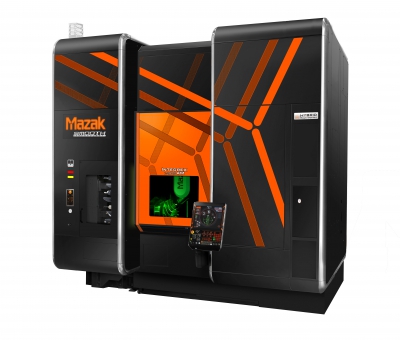
Mazak continues to develop hybrid multitasking machine technology with the introduction of its new INTEGREX i-200S AM (additive manufacturing). With a multilaser deposition system, the machine provides both additive and subtractive capabilities. Shops can not only turn, mill and drill, but also build part features and perform laser marking all on the same machine and in single setups for done-in-on production.
The INTEGREX i-200S AM excels in challenging applications, such as aerospace components, metal cladding for chemical plant valves and the repair of dies and turbine blades. Suitable for the production of mid-size complex components, the machine makes it possible to quickly and easily grow part features. This capability significantly slashes production time and conserves large amounts of expensive raw materials typically machined away when parts are completely produced using only subtractive operations.
In addition to its two turning spindles and milling turret, the INTEGREX i-200S AM features dual laser cladding heads/additive manufacturing nozzles that provide options for both high and fine rates of metal deposition. Essentially, the two cladding heads complement each other much like roughing and finishing tools work together in common chip making operations. The cladding heads reside in the tool magazine with the machine’s automatic tool changer that loads/unloads them into/from the milling turret as needed.
During operation, the INTEGREX i-200S AM uses fiber laser heat to melt the chosen metal powder that will be used to the grow near-net-shape 3D forms. The cladding heads apply the molten material layer by layer, each of which solidifies as the desired part surface or features grows. Once the part features are grown to near net shapes, the INTEGREX i-200S AM then applies one or more of its advanced subtractive operations, including full 5-axis milling, turning, hobbing and contouring, to process the part complete.
Related Glossary Terms
- gang cutting ( milling)
gang cutting ( milling)
Machining with several cutters mounted on a single arbor, generally for simultaneous cutting.
- lapping compound( powder)
lapping compound( powder)
Light, abrasive material used for finishing a surface.
- milling
milling
Machining operation in which metal or other material is removed by applying power to a rotating cutter. In vertical milling, the cutting tool is mounted vertically on the spindle. In horizontal milling, the cutting tool is mounted horizontally, either directly on the spindle or on an arbor. Horizontal milling is further broken down into conventional milling, where the cutter rotates opposite the direction of feed, or “up” into the workpiece; and climb milling, where the cutter rotates in the direction of feed, or “down” into the workpiece. Milling operations include plane or surface milling, endmilling, facemilling, angle milling, form milling and profiling.
- milling machine ( mill)
milling machine ( mill)
Runs endmills and arbor-mounted milling cutters. Features include a head with a spindle that drives the cutters; a column, knee and table that provide motion in the three Cartesian axes; and a base that supports the components and houses the cutting-fluid pump and reservoir. The work is mounted on the table and fed into the rotating cutter or endmill to accomplish the milling steps; vertical milling machines also feed endmills into the work by means of a spindle-mounted quill. Models range from small manual machines to big bed-type and duplex mills. All take one of three basic forms: vertical, horizontal or convertible horizontal/vertical. Vertical machines may be knee-type (the table is mounted on a knee that can be elevated) or bed-type (the table is securely supported and only moves horizontally). In general, horizontal machines are bigger and more powerful, while vertical machines are lighter but more versatile and easier to set up and operate.
- turning
turning
Workpiece is held in a chuck, mounted on a face plate or secured between centers and rotated while a cutting tool, normally a single-point tool, is fed into it along its periphery or across its end or face. Takes the form of straight turning (cutting along the periphery of the workpiece); taper turning (creating a taper); step turning (turning different-size diameters on the same work); chamfering (beveling an edge or shoulder); facing (cutting on an end); turning threads (usually external but can be internal); roughing (high-volume metal removal); and finishing (final light cuts). Performed on lathes, turning centers, chucking machines, automatic screw machines and similar machines.


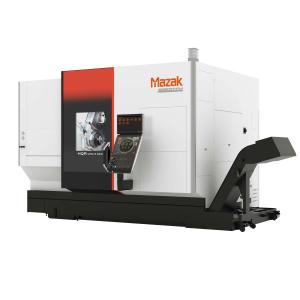


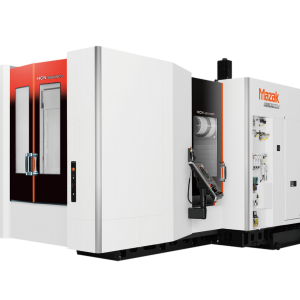
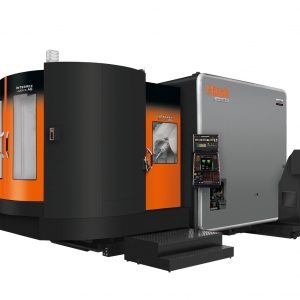
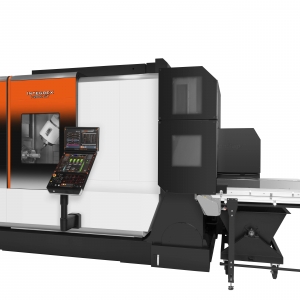
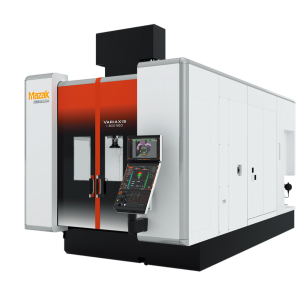
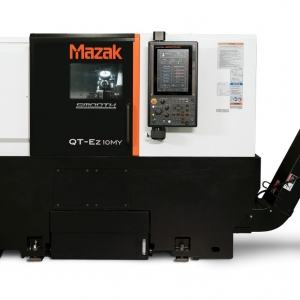

 PRODUCTS
PRODUCTS

